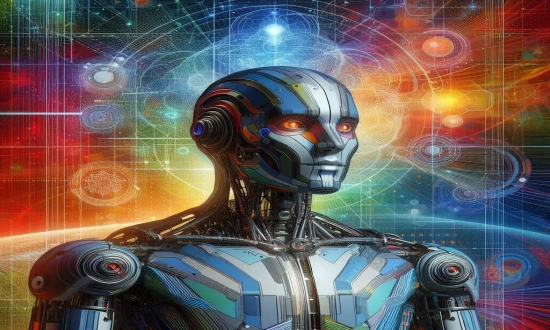Artificial Intelligence (AI) refers to the simulation of human intelligence in machines that are designed to think and act like humans. These systems can perform tasks such as learning, reasoning, problem-solving, perception, and language understanding. AI can be broadly categorized into two types: narrow AI (or weak AI) and general AI (or strong AI).
Types of AI:
1.Narrow AI:
- Definition: This type of AI is designed to perform a specific task or a set of tasks. It operates under a limited set of constraints and is highly effective within its scope.
- Examples: Voice assistants like Siri and Alexa, recommendation systems like those used by Netflix and Amazon, and image recognition software.
2.General AI:
- Definition: General AI, also known as strong AI or AGI (Artificial General Intelligence), is a more advanced form of AI that aims to understand, learn, and apply knowledge across a wide range of tasks, much like a human.
- Examples: As of now, AGI remains a theoretical concept and has not been achieved. It represents the goal of creating machines that possess cognitive abilities equivalent to human intelligence.
How AI Works
AI systems use various techniques to process information and make decisions:
1.Machine Learning (ML):
- Definition: A subset of AI that involves training algorithms to learn from and make predictions or decisions based on data.
- Methods: Includes supervised learning (learning from labeled data), unsupervised learning (finding hidden patterns in unlabeled data), and reinforcement learning (learning through rewards and penalties).
2.Neural Networks:
- Definition: A series of algorithms that mimic the human brain's structure and function to recognize patterns and solve complex problems.
- Deep Learning: A type of neural network with many layers (deep neural networks) that is particularly powerful for tasks such as image and speech recognition.
3.Natural Language Processing (NLP):
- Definition: A branch of AI that focuses on the interaction between computers and humans through natural language. It involves understanding, interpreting, and generating human language.
- Applications: Language translation, sentiment analysis, and chatbots.
4.Computer Vision:
- Definition: The ability of AI to interpret and make decisions based on visual input from the world.
- Applications: Facial recognition, autonomous driving, and medical image analysis.
Applications of AI:
AI is being utilized across various industries to enhance efficiency and innovate processes:
- Healthcare AI is used for diagnostics, personalized medicine, and robotic surgeries.
- Finance: AI helps in fraud detection, algorithmic trading, and risk management.
- Retail: AI power recommendation engines, inventory management, and customer service chatbots.
- Manufacturing: AI optimizes supply chain logistics, predictive maintenance, and quality control.
Challenges and Considerations
While AI offers tremendous potential, it also presents several challenges:
- Ethics and Bias: AI systems can perpetuate existing biases in data, leading to unfair outcomes.
- Privacy: The use of AI in surveillance and data collection raises significant privacy concerns.
- Job Displacement: Automation driven by AI can lead to job losses in certain sectors, necessitating strategies for workforce adaptation and retraining.
Conclusion
Artificial Intelligence represents a transformative technology that mimics human cognition and capabilities, offering advancements in various fields. However, its development and deployment require careful consideration of ethical, social, and practical implications to ensure beneficial outcomes for society.


